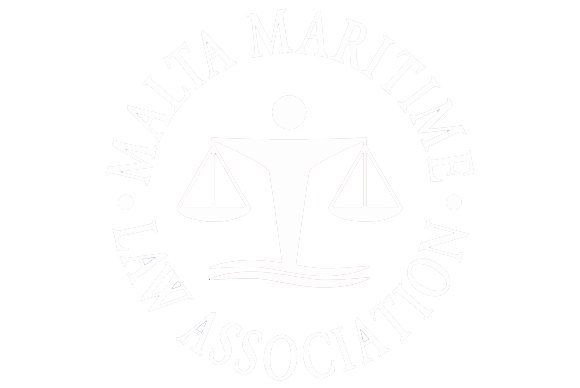The right to equal pay for work, as established under Article 157 TFEU and Directive 2006/54/EC, has long faced enforcement challenges due to limited pay transparency. The EU Pay Transparency Directive, which was part of the EU Gender Equality Strategy 2020-2025, aims to close this gap with measures such as salary transparency in job postings, employee access to pay data, and mandatory gender pay gap reporting. This has to be transposed into national law of EU Member States within three years, not later than the 7th of June of 2026.
Applicability
The Directive and its measures apply broadly to all employers and workers across both the public and private sectors within the EU. This includes full-time, part-time, fixed-term, and temporary agency workers. The term ‘worker’ is to be interpreted in line with the case law of the Court of Justice of the European Union (CJEU) and relevant national legislation, ensuring comprehensive coverage and consistency across Member States.
THE NEW MEASURES
- Pay Transparency and Access to Information
Employers must enhance pay transparency by providing starting salaries or salary ranges to those applying for a job – either in job advertisements or before an interview takes place. They are also required to adopt a fair hiring process, which includes refraining from they asking questions about their salary history. Moreover, employers have to use gender-neutral job titles and vacancy descriptions to promote a more inclusive and equitable recruitment process.
Once employed, workers have the right to inquire about average pay levels by gender for roles of equal or comparable value, as well as the objective criteria used to determine pay and career progression.
- Gender Pay Gap Reporting and Joint Pay Assessments
The EU continues to tackle the persistent gender pay gap, which has seen minimal improvement over the years. To address this discriminatory issue, the principle of equal pay mandates objective, fair, and gender-neutral compensation.
Employers with 250 or more employees must report gender pay gap data annually starting from the 7th of June 2027. Those with 150–249 employees must report every three years from the same date, while those with 100–149 employees must begin reporting on the 7th of June 2031, also every three years. While employers with fewer than 100 employees are not obliged to report, they may do so voluntarily unless national law dictates otherwise.
Moreover, if a pay report reveals that a gender pay gap that exceed 5% which cannot be justified by objective, gender-neutral criteria, employers will be required to take corrective action and conduct a joint pay assessment. This process must be carried out in cooperation with workers’ representatives, and, where necessary, with support from the labour inspectorate or equality body. It must also include reviewing or establishing gender-neutral job evaluation system to eliminate pay discrimination based on sex.
- Remedies and Enforcement
Moreover, the Directive also provides a remedy against violations, stipulating that any worker who suffers harm due to a breach of their equal pay rights is entitled to claim full compensation or reparation. In these cases where an employee alleges a violation of the principle of equal pay and presents facts suggesting discrimination, the burden of proof shifts to the employer, who must demonstrate that no such discrimination has occurred.
PREPARATION FOR EMPLOYERS
As the deadline for transposition approaches, employers should take proactive steps in ensuring compliance with the EU Pay Transparency Directive. These obligations include reviewing and auditing current pay structure to identify any gender biases and gaps, and developing an objective gender-neutral job evaluation system which is based on skills, effort, and responsibility. Employers should also prepare their Human Resources and payroll systems to accurately correct and analyse pay data by gender and worker categories, to also conduct internal assessments.
Moreover, the recruiting process should be updated to eliminate salary history requirements and ensure that at least salary ranges are provided. Lastly, employers should train their staff on the Directive’s aims to foster a culture of equality and compliance.
CONCLUDING REMARKS
In essence, the EU Pay Transparency Directive marks a crucial step towards closing the gender pay gap by enforcing greater transparency, accountability, and fairness in pay practices. With the transposition deadline fast approaching, employers must act now to align with the new requirements and demonstrate their commitment to pay equity across the workplace.
For more information you can contact one of our Team Members at Mifsud & Mifsud Advocates.













